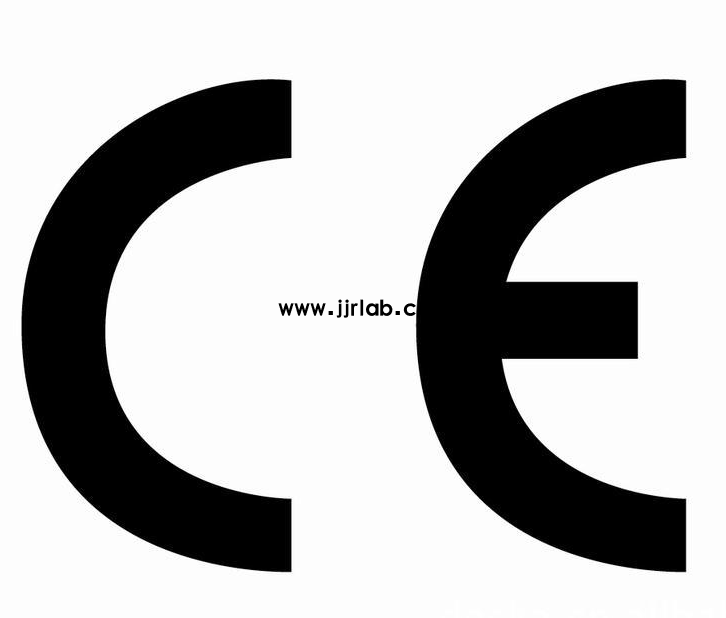
UL Compliance and ETL Certification for LED Lighting
LED lighting is increasingly popULar for its energy efficiency and environmental benefits. However, with a wide range of brands and models on the market, choosing the right product can be challenging. UL and etl certifications have become key indicators of product safety and quality. This article explains their significance in LED lighting to help consumers make informed decisions.
What is UL certification?
UL (Underwriters Laboratories) certification means that a product has passed rigorous testing and meets North American safety standards. For LED lighting, this includes a comprehensive evaluation of materials, structure, performance, and environmental impact.
Benefits of UL Certification:
- Demonstrates that the product has been safety-tested, offering peace of mind;
- Ensures reliable performance in areas like electrical safety and heat resistance;
- Often requiRED by electricians, inspectors, and insurance companies.
Risks of Lacking UL Certification:
- Fire Hazards: Especially for canless lights installed near ceiling insulation;
- Electrical Issues: Risks of short circuits, overloads, etc.;
- Poor-Quality Materials: Use of cheap components prone to failure;
- Non-Compliance: May violate building codes and affect insurance claims;
- Lack of Support: Typically no warranty or return policy.
What is ETL Certification?
Originally established by Thomas Edison, ETL certification is now operated by Intertek. It tests products against standards such as UL and ASTM, and is widely accepted in the North American market.
Benefits of ETL Certification:
- Complies with safety regulations in the U.S. and Canada;
- Comprehensive testing covering electrical, safety, and durability factors;
- Faster and more cost-effective certification process, popular among manufacturers.
Potential Issues Without ETL Certification:
- Inconsistent Light Quality: Large variations in color temperature and lifespan;
- Lower Efficiency: Less energy-efficient than certified products;
- Electrical Defects: Poor wiring and other electrical hazards;
- Fire Risks: Subpar materials that overheat easily;
- Regulatory Issues: May affect insurance, inspections, and property value.
UL vs. ETL: A Comparison
Both certifications indicate that a product has undergone rigorous testing and meets high standards.
- UL: Has a longer history, strong brand recognition, and broad trust.
- ETL: Uses similar testing methods but offers faster, more affordable certification—ideal for companies aiming for quick market entry.
- For Consumers: Both are valid safety marks. As long as a product has either one, it can generally be trusted.
Why LED Lighting Must Be Certified
- Safety Assurance: Prevents electrical hazards and fires;
- Insurance compliance: Some insurers require certified products;
- Quality Indicator: A certification mark is a sign of quality assurance;
- Regulatory Compliance: Meets building and electrical codes, reducing legal risks;
- Confidence Booster: Provides peace of mind for users and professionals alike.
When choosing lighting, also consider energy efficiency, Color Rendering Index (CRI), brand reputation, and other factors.
UL and ETL certifications are not just symbols of LED lighting safety and quality—they’re essential tools for confident purchasing. Whether for residential or commercial use, prioritizing certified products is a smart move to protect lives and property.
About JJR Laboratory
JJR Laboratory specializes in LED lighting certification and testing services, ensuring your products meet the high standards of the North American market.
- Equipped with advanced testing facilities;
- Services span optics, electrical safety, EMC, environmental testing, and more;
- Expert team familiar with UL, ETL, IEC, EN, and other global standards.
JJR—Your reliable partner for compliance and quality.
Email:hello@jjrlab.com
Write your message here and send it to us
 European Authorized Representative for Medical Dev
European Authorized Representative for Medical Dev
 Low Voltage Testing Services
Low Voltage Testing Services
 Constructive Playthings Foam Block Toys Safety Sta
Constructive Playthings Foam Block Toys Safety Sta
 Prop 65 Textile Testing
Prop 65 Textile Testing
 Environmental Testing for Electronic Products
Environmental Testing for Electronic Products
 Food Packaging Testing Laboratories
Food Packaging Testing Laboratories
 What is CE Certification for Electrical Equipment?
What is CE Certification for Electrical Equipment?
 Requirements for EAC Declaration of Conformity (Do
Requirements for EAC Declaration of Conformity (Do
Leave us a message
24-hour online customer service at any time to respond, so that you worry!




